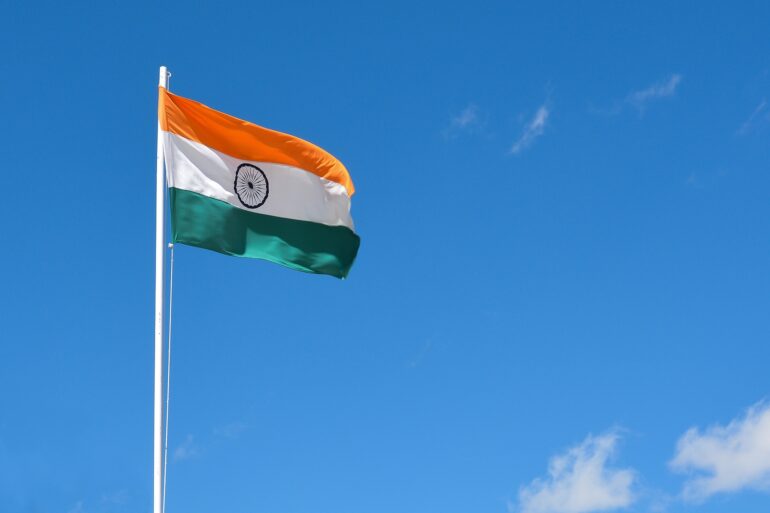- India retracts plan to require government approval for AI model launches.
- Ministry updates advisory, now advising labeling of under-tested AI models.
- The move follows criticism from local and global entrepreneurs and investors.
- A previous hands-off approach to AI regulation was reversed in response to industry feedback.
- Emphasis on compliance despite advisory lacking legal binding.
- The directive stresses adherence to Indian laws, particularly regarding unlawful content and bias.
- Intermediaries are urged to use consent popups to inform users about AI limitations.
- The focus remains on combating deepfakes and misinformation but no longer mandates originator identification.
Main AI News:
In recent developments, India has retracted a proposed AI advisory, following backlash from both local and global business communities. The Ministry of Electronics and IT presented an updated directive to industry stakeholders, rescinding the requirement for government approval prior to launching or deploying AI models within the South Asian market.
Under the revised guidelines, companies are now encouraged to appropriately label under-tested and unreliable AI models, thereby informing users of potential inaccuracies or shortcomings. This move comes amidst criticism directed at India’s initial approach to AI regulation, with notable figures like Martin Casado of Andreessen Horowitz denouncing the previous plan as deeply flawed.
The decision marks a notable departure from India’s earlier hands-off stance on AI regulation. Less than a year ago, the ministry had opted against regulating AI growth, citing its significance to the nation’s strategic interests. However, this recent revision signifies a shift in perspective.
While the updated advisory has yet to be officially published online, TechCrunch has obtained a copy for review. The ministry, while clarifying that the advisory lacks legal binding, underscores its importance as a precursor to future regulations, signaling the government’s expectation of compliance from industry players.
Crucially, the directive stresses that AI models must adhere to Indian laws, refraining from facilitating unlawful content or perpetuating bias, discrimination, or electoral interference. Furthermore, intermediaries are urged to implement measures such as consent popups to explicitly caution users about the limitations of AI-generated outputs.
Maintaining a focus on combating deepfakes and misinformation, the ministry advises intermediaries to employ methods like metadata labeling to identify and curb the spread of deceptive content. Notably, the directive no longer mandates firms to develop techniques for tracing message originators, indicating a reevaluation of regulatory priorities in the AI landscape.
Conclusion:
The reversal of India’s proposed AI regulation signifies a significant shift in the market landscape. By removing the requirement for government approval, the Indian government aims to foster innovation and flexibility within the AI sector. However, companies must still adhere to legal and ethical standards, ensuring that AI models do not propagate unlawful content or biases. This move may encourage investment and growth in India’s AI market while promoting responsible usage and development practices.

